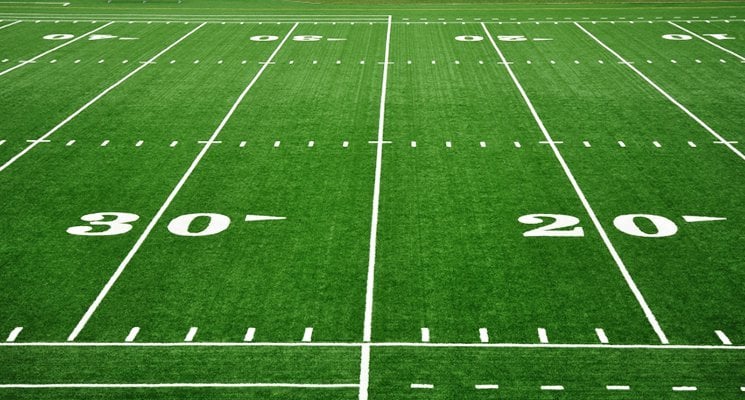Ever had an athlete twist an ankle on your field, or worse: break a leg, dislocate a shoulder, or sustain a head injury? Ever had someone run into a brick wall? I’m serious here — at one football field, a brick wall was placed just beyond the end zone, and a player ran full speed into it. Be glad you weren’t the owner of that field when the question of liability arose — because, when you run a sports facility with a field, the question of liability always arises. You have to be vigilant about it, and take constant measures to both protect players from injury and yourself from litigation. What can you do?
- Start with common sense. There are no published industrywide standards for all aspects of sports fields, but there are generally accepted expectations. Is your playing field level? Is it free of debris, holes, depressions, and other potential safety hazards, such as loose seams and worn patches? Is there a risk of rocks rising to the surface, and is the field playable when wet? Your field maintenance efforts should focus first on safety, while your common sense should guide you in terms of what is safe and what isn’t.
- Next, take a look at your field as if you’ve never seen it before. If there are liability issues, you’ve probably become so accustomed to seeing them that you don’t really notice them anymore. Take the brick wall, for instance: Any field manager who has stopped to think about it would have realized the danger. However, it’s easy to not think about things when you’ve got a routine and a checklist of tasks to accomplish. Step onto your field and look around. Are there poorly placed walls? Are there ridges or lips on the field?
If it’s an expanded field, such as a soccer field, is there sufficient space for athletes to slide without hitting fences? Is there room to comply with American Disability Act requirements? See everything as if it is for the first time and make assessments. If you’re too busy to consider all of the potential problems, or are just too familiar with your field to be able to see it with a fresh eye, don’t hesitate to have an outside firm audit safety issues. If you don’t have the budget for an outside inspection, consider asking a fellow sports field manager to inspect your facility in exchange for you to inspect theirs. - Do your paperwork. Make sure you have contracts, insurance documents, and anything else you might need in place, in order to manage any financial and legal liability. If anything unfortunate ever does occur, you’ll need to have the paperwork ready on hand.
- Don’t delay. When you identify a potential problem, fix it right away. No, scratch that: First document it by noting the problem, how and when it was discovered, and what the strategy for resolution is. Then go ahead and fix it.
- Finally, after an issue has been discovered, documented, and dealt with, schedule regular re-inspection times (document your re-inspections!). Then take the time to analyze: Why did the problem occur in the first place? Could it lead to other problems? Are there ways to avoid such problems in the future? Remember, the best way to reduce risk is through prevention. This way, any time and resources you invest into large-scale improvements now will pay off for you down the road.
